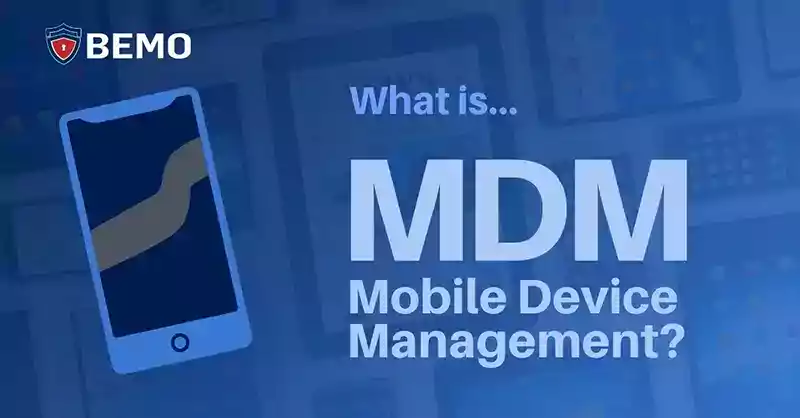
It's 2024, the peak of the mobile era! You're trying to juggle a dozen smartphones, tablets, and laptops without dropping a single one. Employees expect to work from anywhere, and your business thrives on the go. With great mobility comes the need for great control! Sounds challenging, right? That's where Mobile Device Management (MDM) steps in.
MDM is the secret element that keeps all your devices in line with policies, configurations, and security measures to ensure your business stays efficient and protected. In this article, we’ll dive into the world of Mobile Device Management, exploring its key concepts, benefits, and how you can implement it seamlessly in your organization.
- What is Mobile Device Management?
- Who Needs MDM?
- Mobile Device Management Solutions
- Implement Mobile Device Management
What is Mobile Device Management?
Mobile Device Management (MDM) is a type of security software used by organizations to monitor, manage, and secure mobile devices (such as smartphones, tablets, and laptops) that are deployed across their networks.
Do not confuse it with Mobile Application Management (MAM) which focuses on the management of specific applications on mobile devices, rather than the entire device.
The following table can help you differentiate both terms and identify which one applies to different scenarios within your organization:
|
Aspect |
Mobile Device Management (MDM) |
Mobile Application Management (MAM) |
|
Focus |
Managing entire mobile devices |
Managing specific applications on devices |
|
Scope |
Device settings, policies, and controls |
App installation, updates, and configurations |
|
Control |
Applies to the entire device |
Applies to specific apps on the device |
|
Security |
Device-level security (e.g. passcodes, remote wipe) |
App-level security (e.g. data access controls) |
|
Use Case |
Enforcing device policies, finding lost or stolen devices |
Managing app behavior and permissions |
|
Device Ownership |
Typically targets company-owned devices |
Can target both company-owned and personal devices (BYOD) |
|
Main Tools |
Monitoring, remote management |
App installation, updates, and data control |
Now that the differences are clear, let’s go back to Mobile Device Management.
MDM solutions allow IT administrators to remotely control various aspects of mobile devices (no matter the operating system) including:
- Device Enrollment: Administrators can enroll devices into the management system, typically through a process of installing a management profile or app on the device.
- Configuration Management: Administrators can configure device settings such as Wi-Fi, VPN, email, and other policies centrally, ensuring compliance with organizational standards.
- Security Management: MDM helps enforce security measures such as encryption, passcode policies, remote lock and wipe capabilities, and the ability to detect and respond to security threats.
- Monitoring and Reporting: MDM solutions offer monitoring capabilities to track device usage, performance, and compliance with organizational policies. They also generate reports to help administrators analyze device activity and find potential issues.

In short, the purpose of mobile device management is to optimize device support, enhance organizational efficiency, and bolster security measures.
Who Needs MDM?
Mobile Device Management is a valuable tool for businesses across various industries and sizes. As organizations increasingly rely on mobile technology for day-to-day operations, the need for efficient and secure device management becomes more critical.
You’ve likely seen the shift firsthand from working exclusively on a company-owned office computer to a more modern setup that includes using tablets and smartphones. This shift was necessary because these devices offer greater flexibility, portability, and real-time access to information, customers and colleagues.
Let’s look at how different business models can benefit from MDM to help you answer if it is the right fit for your organization. Hover over each card to learn more:
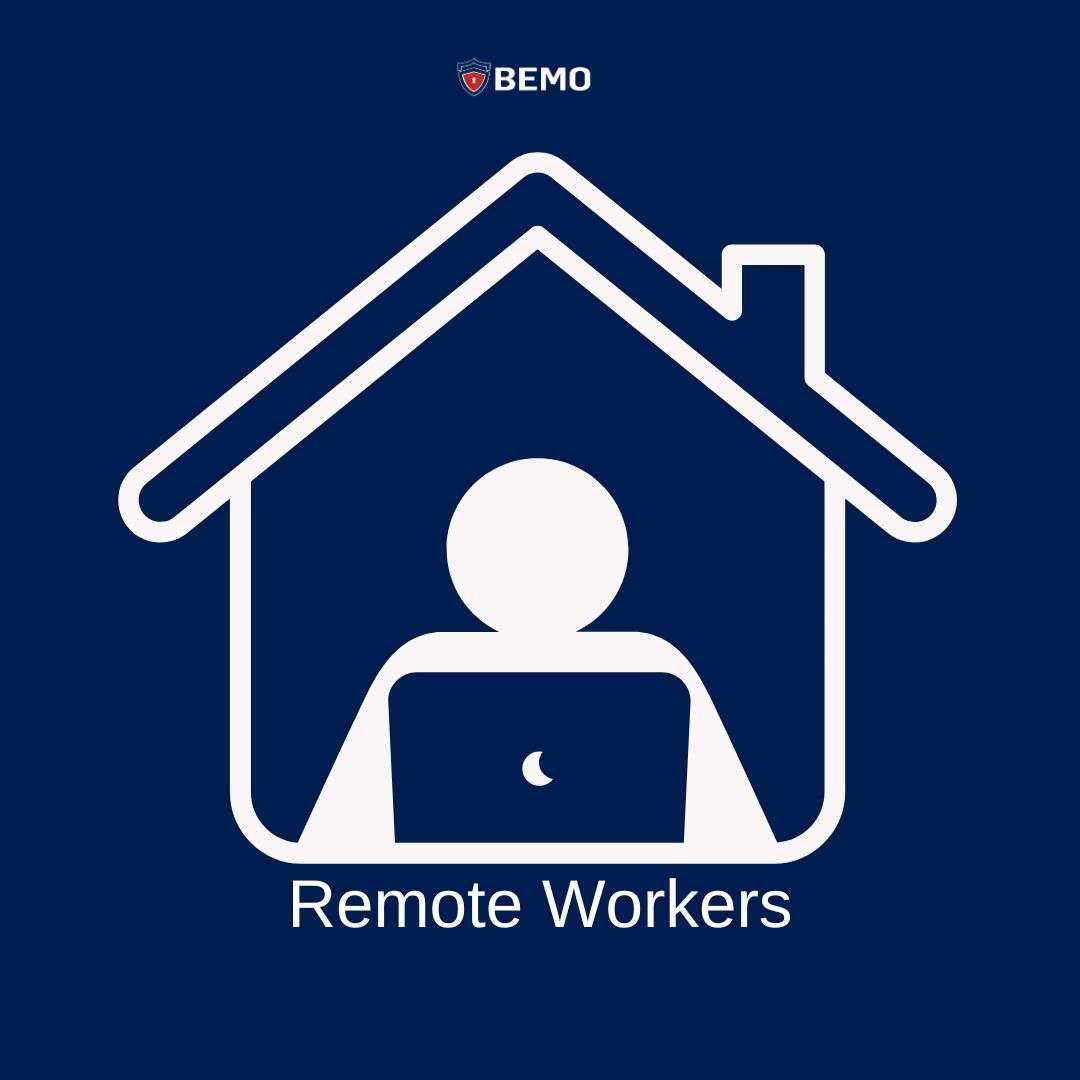
MDM ensures that remote workers adhere to company policies and industry regulations, such as data privacy and cybersecurity standards. It provides secure connections and enforces encryption, multi-factor authentication, and VPNs, offering protection against data breaches and unauthorized access. Additionally, MDM enables IT teams to remotely manage and check devices, update software, and wipe data if necessary, safeguarding sensitive information and keeping compliance.
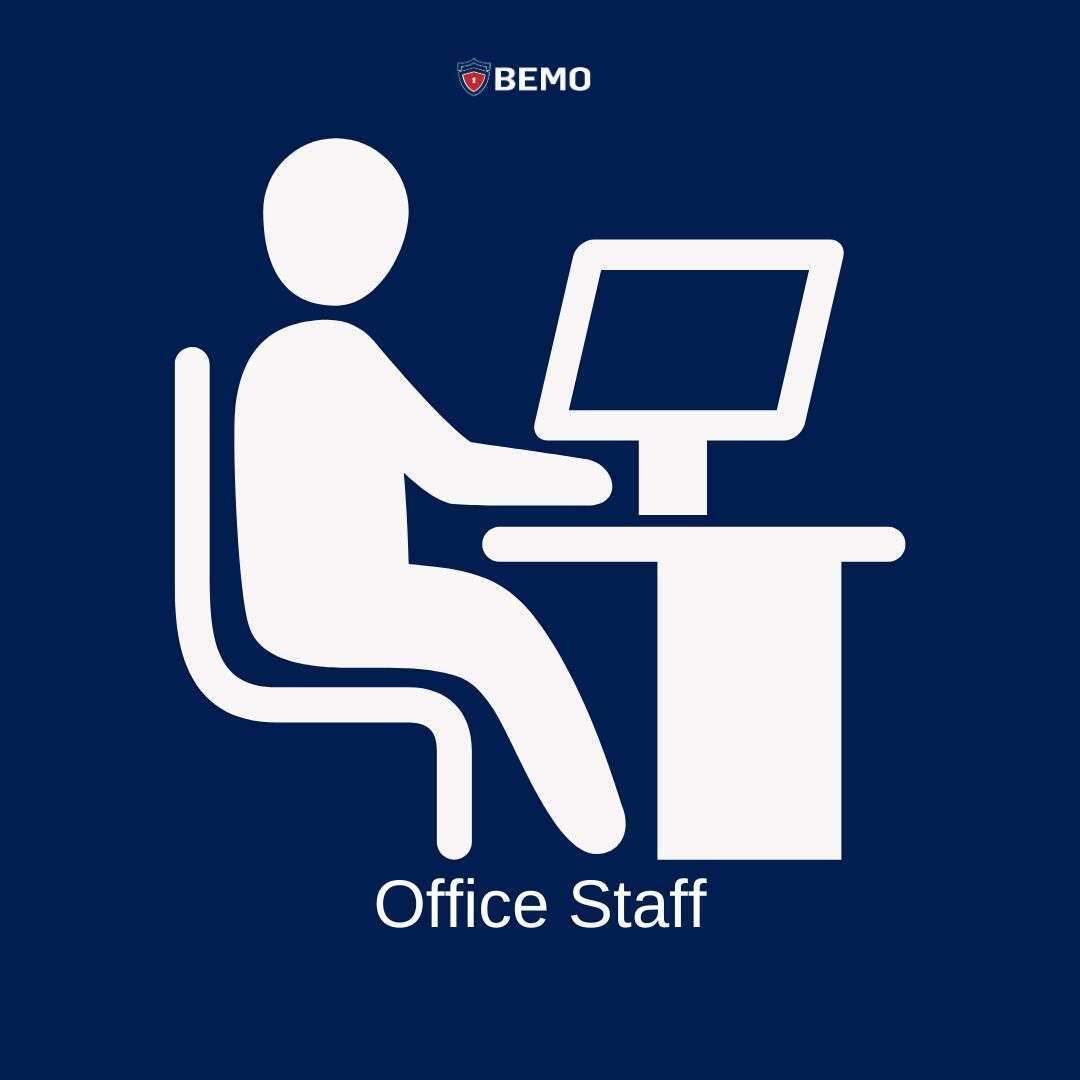
In office environments, MDM plays a key role in supporting consistent device settings and policies across all devices, streamlining operations and reducing the IT support workload. By applying standardized configurations and policies, MDM ensures that all devices are up-to-date with the latest security patches and software, preventing potential vulnerabilities.
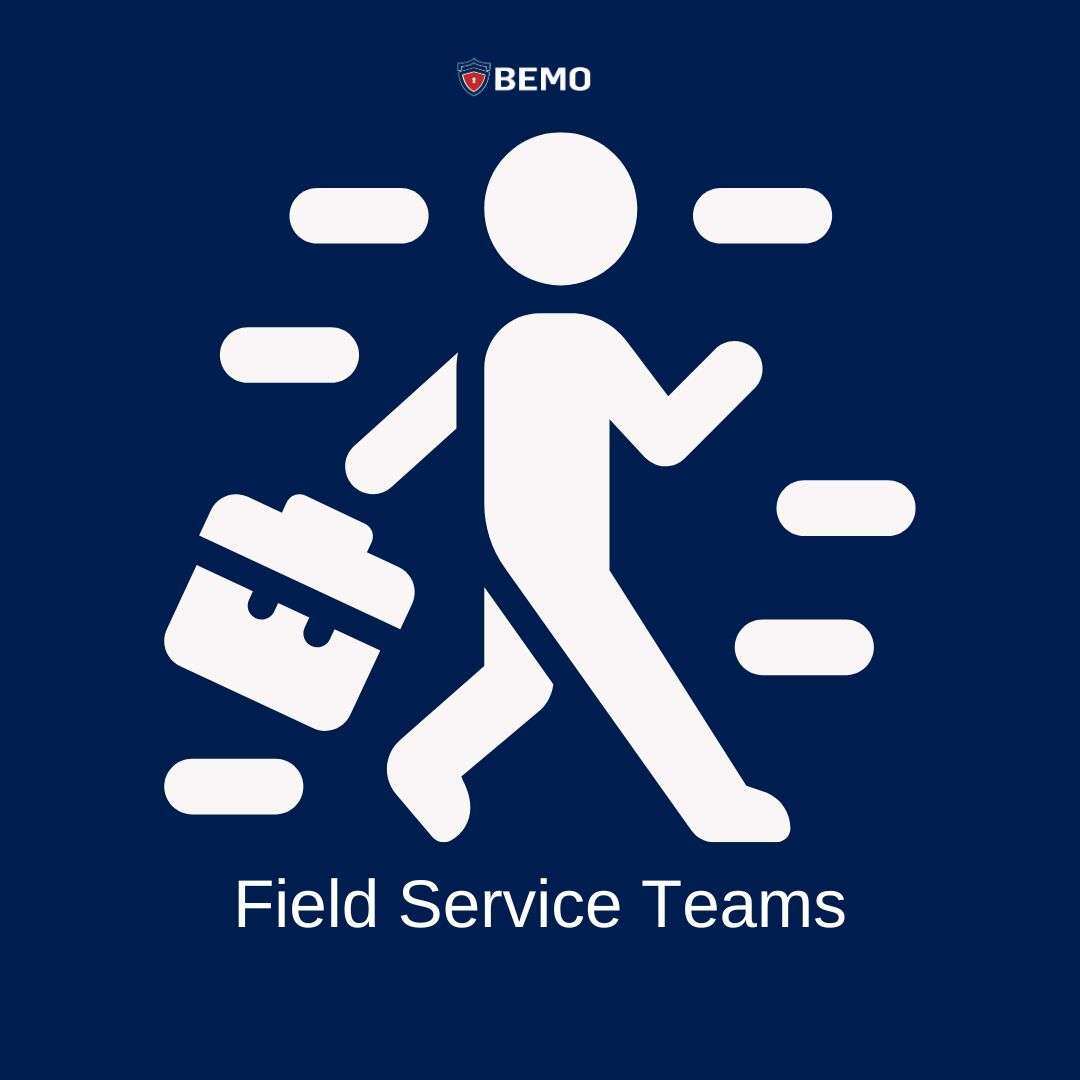
Field service teams leverage MDM to perform their duties efficiently while on the go. By using MDM, they can receive real-time updates on job assignments, schedules, and customer information, enabling them to adapt to changes quickly and deliver exceptional service. MDM also provides field technicians with secure access to necessary tools and resources, such as troubleshooting guides, manuals, and collaboration platforms, helping problem-solving and enhancing customer satisfaction.
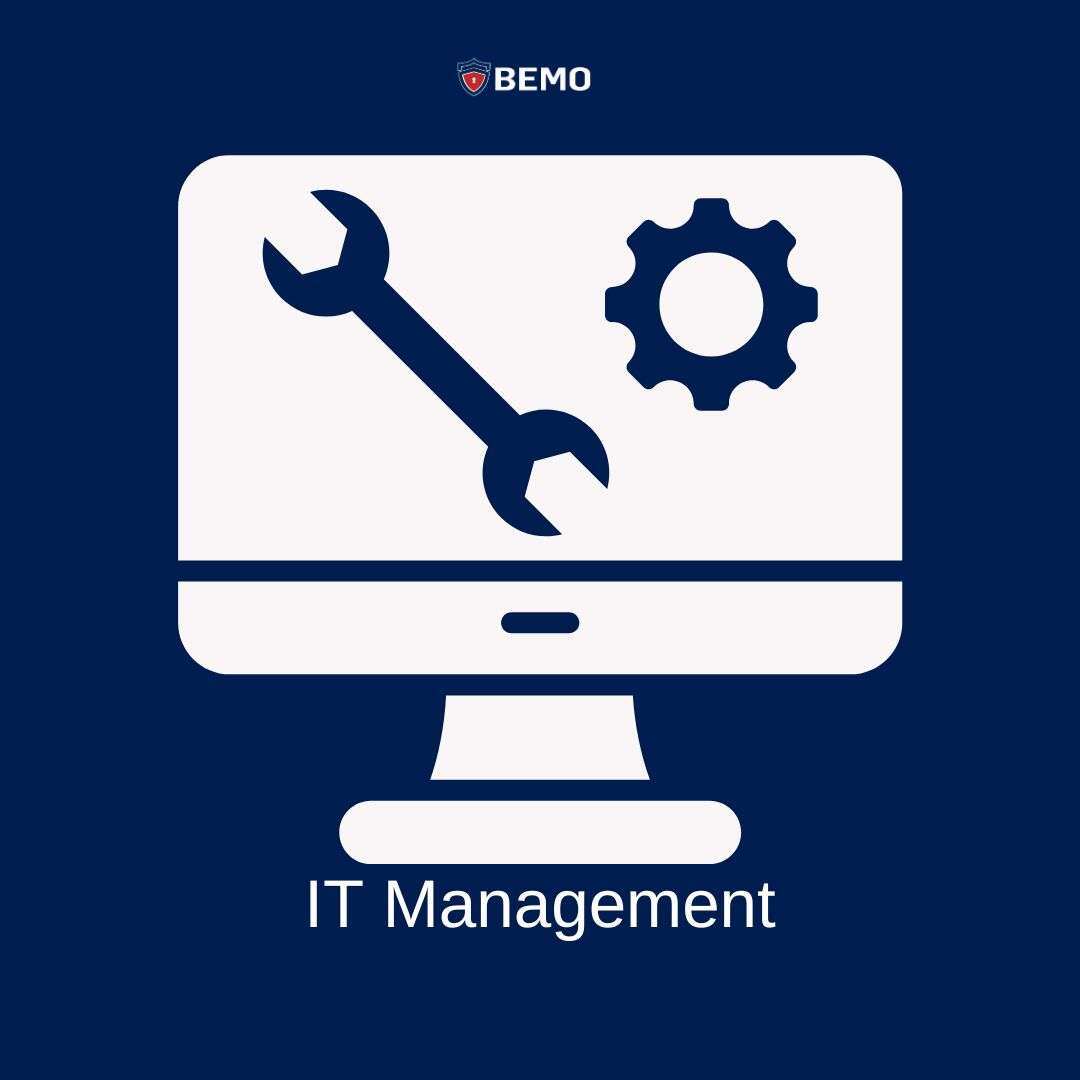
MDM allows IT Teams to remotely troubleshoot devices, diagnose issues, and apply fixes efficiently, minimizing downtime and disruptions. This capability helps keep smooth operations and improves overall productivity. Additionally, MDM enables IT professionals to track devices throughout their lifecycle, from deployment to retirement, simplifying inventory management and ensuring devices are replaced or updated as needed. This approach also helps in cost management and resource planning.
Mobile Device Management Solutions
Let me explain the graphic below to give you some insight on how Unified Endpoint Management (UEM), Enterprise Mobility Management (EMM), and Mobile Device Management (MDM) are all related.
.png?width=1024&height=500&name=endpoint%20management%20solutions%20(2).png)
With technological advancements, endpoint management solutions have evolved and become more comprehensive. The base is Mobile Device Management, which we’ve proven focuses specifically on managing mobile device settings, enforcing security policies, deploying applications, and remotely managing devices over-the-air.
However, Enterprise Mobility Management (EMM) expands upon the capabilities of MDM by incorporating more elements such as mobile application management (MAM), mobile content management (MCM), and identity management. EMM solutions provide a more comprehensive approach to managing mobile devices, applications, and data within an organization.
And lastly, Unified Endpoint Management (UEM) takes the concept of EMM further by extending management and security capabilities to all types of endpoints, including mobile devices, desktops, laptops, and even IoT (Internet of Things) devices.
UEM solutions integrate MDM, EMM, and traditional PC management functionalities into a single platform, allowing organizations to manage all endpoints from –like the name suggests- a unified management console.
Implement Mobile Device Management
Microsoft has its own MDM solution, incorporated into Microsoft Intune, offering an array of management capabilities for different endpoints - Android, macOS, iOS, and Windows.
Nonetheless, trying to implement MDM on your own can be a time-consuming and intricate task.
Collaborating with a professional partner like BEMO can streamline the implementation process and guarantee a smooth transition. With significant experience in deploying and managing MDM solutions, we can help you achieve quick, easy, and secure results.
With our tailored approach and deep industry experience, we ensure a smooth implementation and ongoing support to keep your devices and data secure. Trust BEMO to empower your business with a robust, efficient, and future-proof MDM strategy that allows you to focus on growth and success.
Top 10 Posts
-
Google Workspace to Office 365 Migration: A Step-by-Step Guide
-
How to Migrate from GoDaddy to Office 365
-
Office 365 MFA Setup: Step-by-Step Instructions
-
Migrate From Gmail to Office 365: 2024 Guide
-
What are the 4 types of Microsoft Active Directory?
-
How to remove Office 365 from GoDaddy (tips and tricks)
-
CMMC Meaning : A Comprehensive Guide for Startups
-
How to Set Up Office Message Encryption (OME)
-
What is Microsoft Purview ? Your A to Z Guide to Getting Secure Fast
-
What is The CIA Triad?


Leave us a comment!